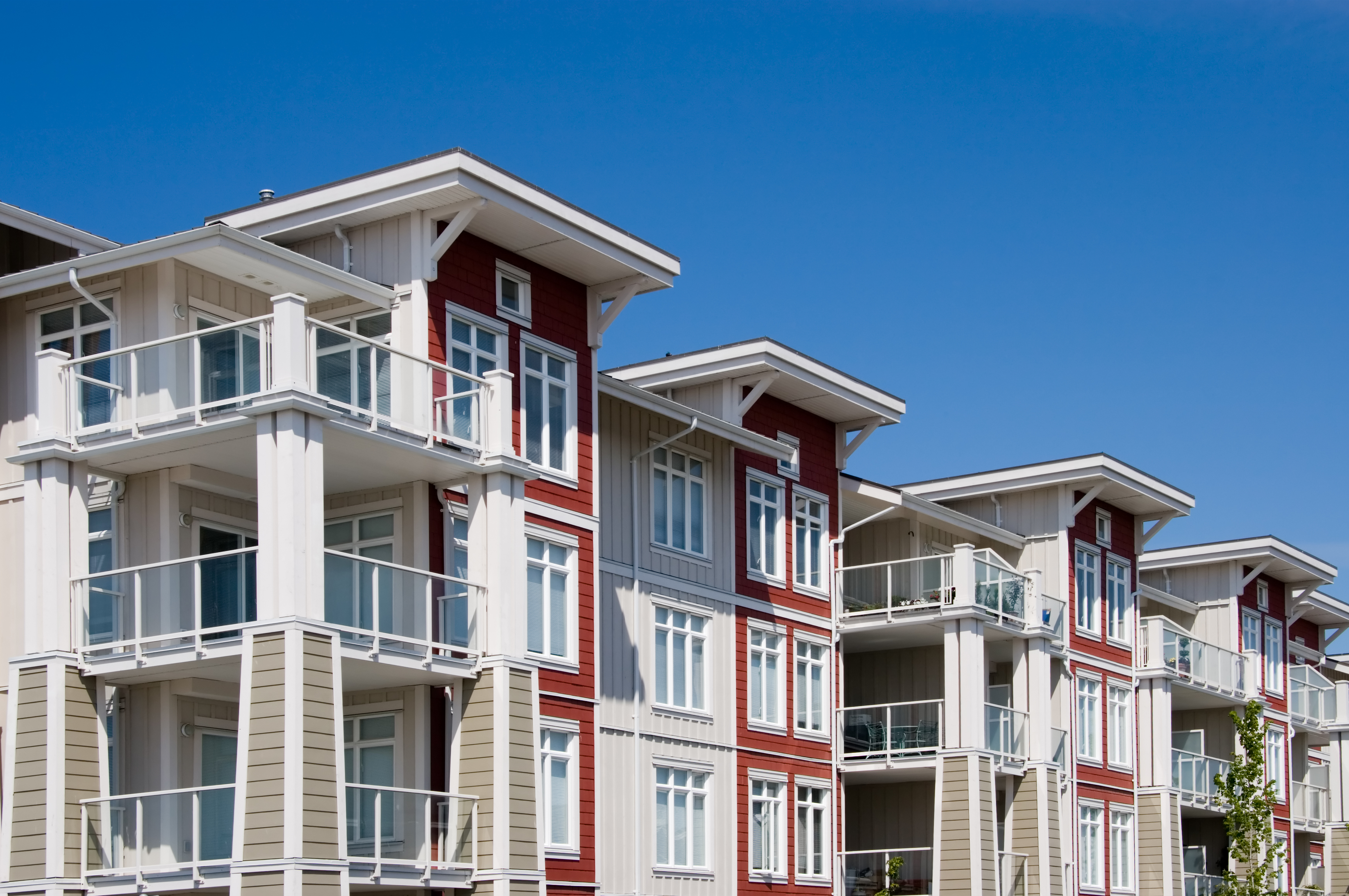01 Sep Building Ordinance… All policy forms and coverage’s are different
Does your current insurance policy include building ordinance? If not, are you prepared for the potential of this type of loss?
Building Ordinance coverage is one of the most overlooked coverages on a policy for an Apartment Owner but is extremely important to have in place at the time of a loss. Do you own an older building or is your building subject to building code changes, if it needed to be rebuilt? If so, then you are likely in need of Building Ordinance and Law coverage.
Most insurance policies are written to allow a building owner to rebuild their building to the condition it was in prior to the loss. If an ordinance requires more, such as being brought up to code if it sustains more than 50 percent damage to the entire structure, an owner could be facing significant out-of-pocket expenses, which may range from slight modifications (installing hard-wired smoke detectors) to vastly more complicated and expensive modifications (installing fire sprinklers). To combat the cost of these projects, building owners can purchase Ordinance and Law Insurance. This protects a property owner against losses resulting from the enforcement of new laws or ordinances, or changes to existing laws.
The property business income form (rental income) also includes coverage applicable to building ordinance, which means that if there is a delay in the reconstruction of the property due to building ordinance or law, loss of income during the time of reconstruction is not covered. Building Ordinance – Increased Period of Restoration coverage was created to cover this type of loss.
Ordinance and Law Insurance also protects against losses after a disaster. It serves to cover the following losses:
- Covers losses for rebuilding a portion of a structure when part of it is damaged from a fire.
- Covers losses when new building codes require that a partially damaged structure be torn down and rebuilt, versus repaired after a loss.
- Covers losses when the building owner must install improvements that were not part of an existing structure before a disaster.
Building Ordinance has three sides to it. Here is the breakdown for each coverage:
- (Coverage A) Loss of Value: If the undamaged portion of a structure was not technically “damaged” based on the verbiage in a typical fire protection policy, then this coverage pays for the loss to rebuild the undamaged part of the building.
- (Coverage B) Demolition Coverage: If the undamaged portion of a structure must be demolished to rebuild the entire structure to comply with building codes, this coverage pays for the cost to demolish the undamaged part of the structure.
- (Coverage C) Increased Cost of Construction: Coverage pays for increased expenses for getting a building up to code, or to repair a damaged building that currently met building codes prior to a loss.
Ordinance and Law Insurance is excluded from a typical Property Insurance policy but can be added as an endorsement for a reasonable premium. It is recommended that property owners, especially those of older structures with greater exposures should consult with your insurance adviser to ensure you have this valuable coverage and with the adequate limits in place. To determine if you need this coverage or if you have adequate limits in your policy, please contact GS Insurance Solutions, Inc. at 650-282-3104 or by email at info@gsisol.com.




Sorry, the comment form is closed at this time.